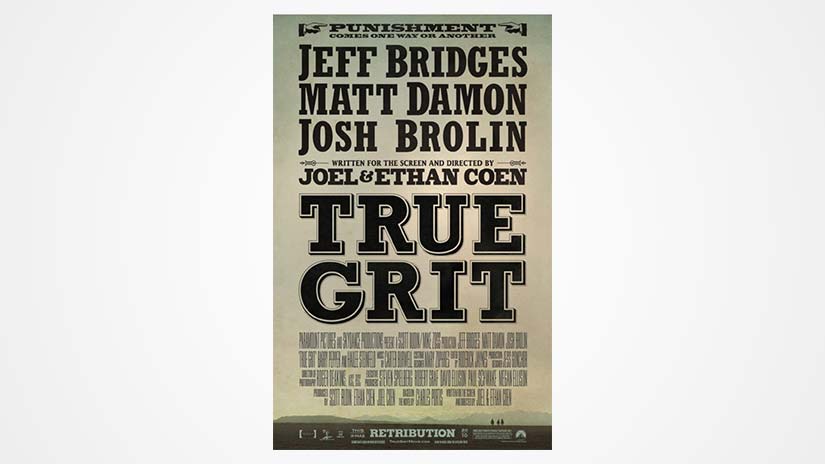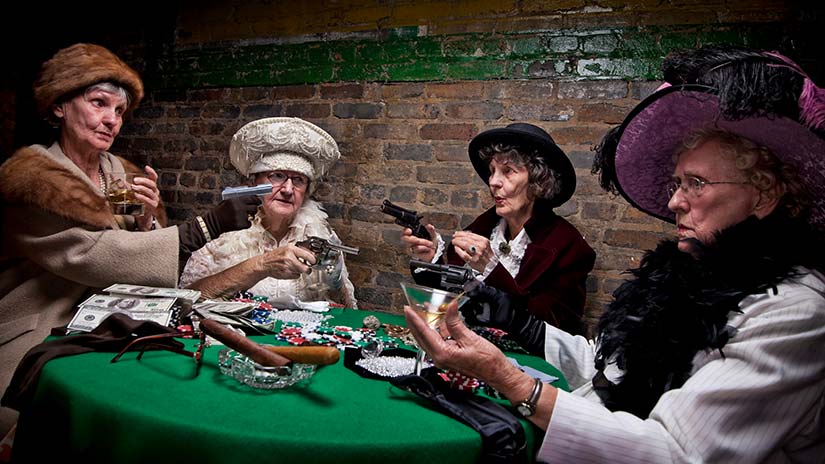
Believe in win-win, mutual gain. Win-win is an attitude, not an outcome.

By Thomas Wood
Mattie has almost no power in this negotiation, but she leverages something much more potent – her skill as a negotiator – her true grit.

By Marianne Eby
To really understand why something so superficial matters, we are going to think out of the negotiation box. Let's think restaurant menu, think Apple products, think Erin Brokovich, and before we finish, think Mao Zedong. Then we'll better be able to think negotiations.

By Marianne Eby
Never enter a serious negotiation without knowing your Best Alternative To A Negotiated Agreement, or BATNA: a plan that you are willing to execute if there is no agreement.
The value of your BATNA is not just that you'll know what to do if a negotiation falls through (your Plan B) -- it's that your BATNA gives you power while you are negotiating.
On one hand, a BATNA is just another piece of important information you prepare. It is one element of your "negotiating envelope" that you must define before engaging with the other party -- along with your Goal, your Most Desirable Outcome (MDO), and your Least Acceptable Agreement (LAA). Although negotiation is a fluid process and you will continually revise your parameters in response to the other party's, this negotiation envelope guides your concessions in Bargaining.
The BATNA differs from the other defining decisions because its execution stands outside the negotiating process—by definition, it’s what you do when negotiation is not working. So while other parameters help you steer the negotiations, it is your BATNA that makes you a stronger negotiator -- because you don't need the other party’s permission or involvement to execute it.
Recently the Chicago Teachers' Union (CTU) demonstrated the power of every union's BATNA: the ability to strike. Although recent decades have seen a decline in union bargaining power, teachers unions are increasingly vulnerable, and the union leader in Chicago lacked influence with the Mayor, Chicago's teachers were able to force 300,000 students out of the classroom, shut down the third largest school system in the country, and win some key compromises from the Mayor.
Under US law, a union's potential BATNA is always to strike. Yet, many a union’s strike BATNA doesn't always have the power that the CTU's did, because some organizations will counter with their own BATNA: the use of "scabs," or non-union workers who can take the place of the striking workers. The NFL, for example, prepared for its recent referee strike by preparing substitute officials to run its games.
Of course, the implementation of a BATNA isn't always preferable (Chicago students lost instructional time) and if it's not well-planned, it can backfire as a means to more power in your negotiation. The NFL's use of replacement referees certainly backfired, causing several weeks of outrage, greater esteem for the regular referees, and ultimately some damage to the NFL "brand."
The ideal way to use a BATNA is to let the other side know you have one. Though an executed BATNA can mark the end (at least temporarily) of the negotiating process, that doesn’t mean that a contemplated BATNA shouldn’t be an integral part of that process. Letting your counterparts know—in an advisory rather than threatening way—that you have other options is an important part of your negotiating stance.
Despite the word "Best" in BATNA, you can have more than one—in fact, you should have more than one, because the more you have, the greater your flexibility and power. BATNAs can vary from a move as simple as finding a new supplier of goods or services, to one as radical as dropping a project altogether. The better conceived and more numerous your BATNAs, the less likely you’ll need them. The other side will know you have viable alternatives, which will make them more willing to deal.
Here are the main things to remember as you develop your BATNA:

By Thomas Wood
The 2013 Dubai Air Show was the most lucrative in the history of the event, with more than $200 billion in transactions in only five days. We can only imagine the intense preparations for negotiations, and the trades and sparring that followed suit. What we can say for sure, however, is that a strategic approach used by a few of the airlines resulted in a win-win deal.
On my recent trip to Kuwait to work with management and their teams at a multi-national client on their negotiations, there was much talk about the 2013 Dubai Air Show, where Boeing alone received roughly $100 billion in orders for its new 777X “mini-jumbo.” This was a truly astounding accomplishment, lauded by its CEO as the “largest product launch in commercial jetliner history.” This was definitely NOT "business as usual." But it wasn’t just the pure volume of business that made this feat "NOT business as usual."
Qatar Airways and Emirates Airline, long-time fierce competitors, joined forces to buy hundreds of Boeing’s new models – a groundbreaking development that has been heralded as a transformative moment for the industry. As the two largest airlines in the Middle East, the two companies have had a long history of suspicion, competition, and rivalry. Executives realized, however, that although alone they each lacked sufficient negotiating leverage to demand discounts from Boeing, together they could secure better terms.
This joint effort – the first time the two regional giants had worked together in such a manner – shocked many analysts. The Wall Street Journal reported that Mr. Akbar Al Baker, CEO of Qatar Airways, explained his thinking to reporters. “Don’t you think it is good to align with one of the neighboring airlines and order airplanes? It is good for the industry and also to show to the world that we are competitors, but we also work together.” Gulf News reported that Al Baker noted, "When you negotiate with a supplier, you get the benefit of economies of scale,” and those large purchases allowed Boeing to offer discounts without sacrificing its own margins. Negotiating teams on both sides seized the opportunity to think creatively and create value for all parties.
The negotiators also created strong working relationships that are likely to pay dividends in future deals. Gulf News also reported that Al Baker proudly informed reporters that “when we do a similar program in the future, yes I hope that we will be able to do it together.”
But alliances aren't built in a day, so let’s give Boeing some credit as well. As reported by the BBC, Boeing’s negotiators identified that lucrative opportunities existed in the Middle East market and invested the necessary time and effort to understand that market’s unique characteristics. While budget gridlocks are jeopardizing opportunities in Western capitals, for example, Boeing saw that business leaders in the oil-rich nations of Qatar and the United Arab Emirates (UAE) are racing to become a global hub for air travel. To take advantage of this, Boeing’s negotiating team members no doubt did their cultural homework before engaging with their Arab counterparts in Dubai. The UAE government published cultural advice for Western negotiators, stressing the importance of face-to-face meetings when building relationships, and properly conveying respect when greeting your local counterparts. Boeing’s negotiators apparently took this advice to heart and earned the respect, trust, and admiration of their Qatari and Emirati partners.
Strategically building alliances and creative trades resulted in Boeing walking away from the Dubai Air Show with more than $100 billion in orders, more than twice the value of orders it’s European rival, Airbus, received. The impact of that is far reaching. As reported on NPR, Boeing is now in a stronger position to head off competition from its main competitors in the highly contested mini-jumbo market throughout the next decade.
Boeing executives may also benefit in future negotiations with its labor unions. The International Association of Machinists (IAM) in Puget Sound voted down a recent contract proposal because it had too many give backs (frozen pensions, lower wages for new hires, etc). Boeing had been on the defensive in those discussions, partly due to the success of Airbus. Now Boeing may be able to leverage its triumphs in Dubai -- the guarantee of future work -- as a solid BATNA: sending that work away from Puget Sound if a deal with the IAM isn't reached.
I always counsel my clients to think more strategically about their negotiations. Leverage can come from many sources.
Please provide us with some details and we will be in touch soon!